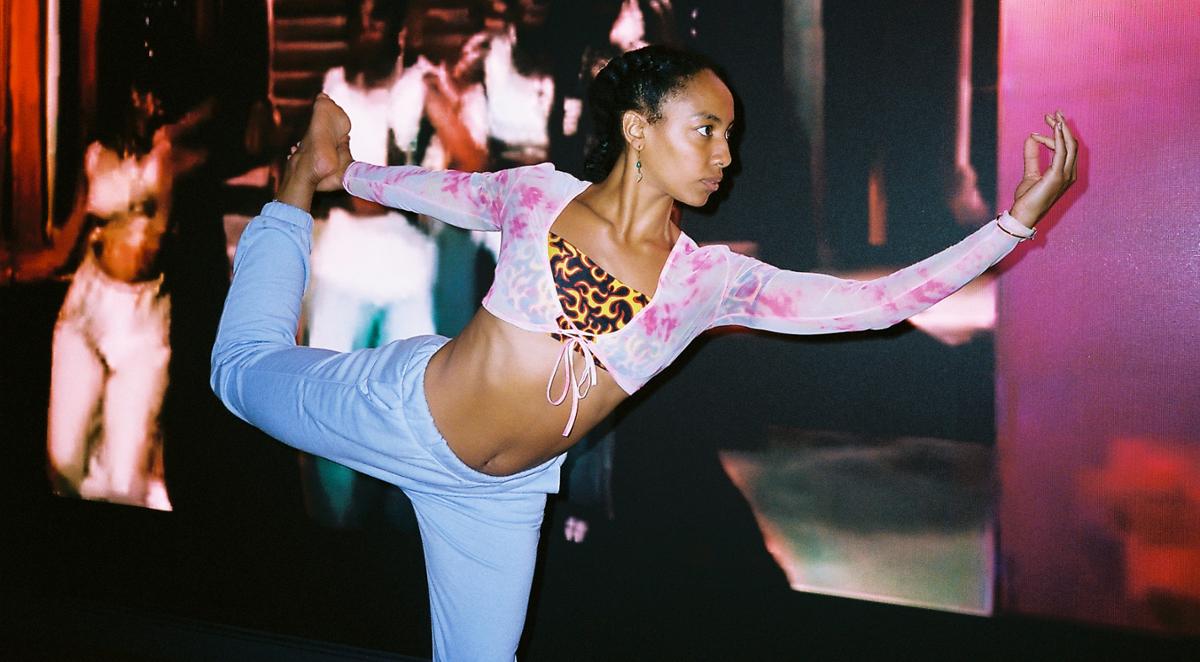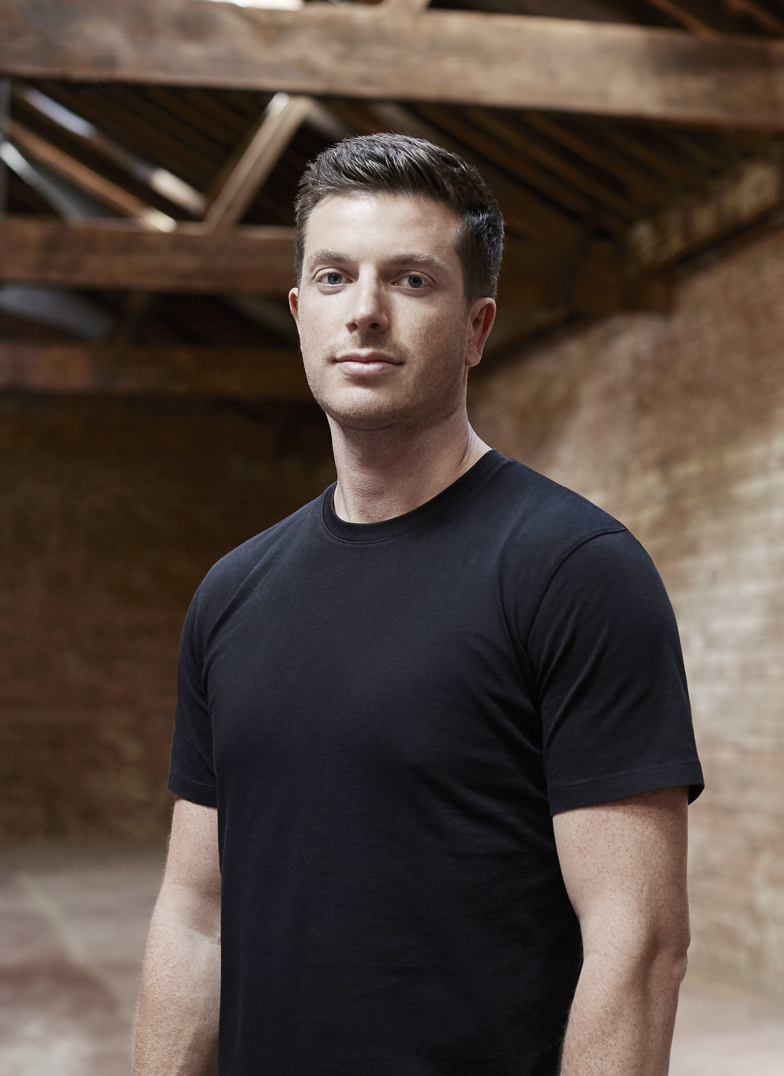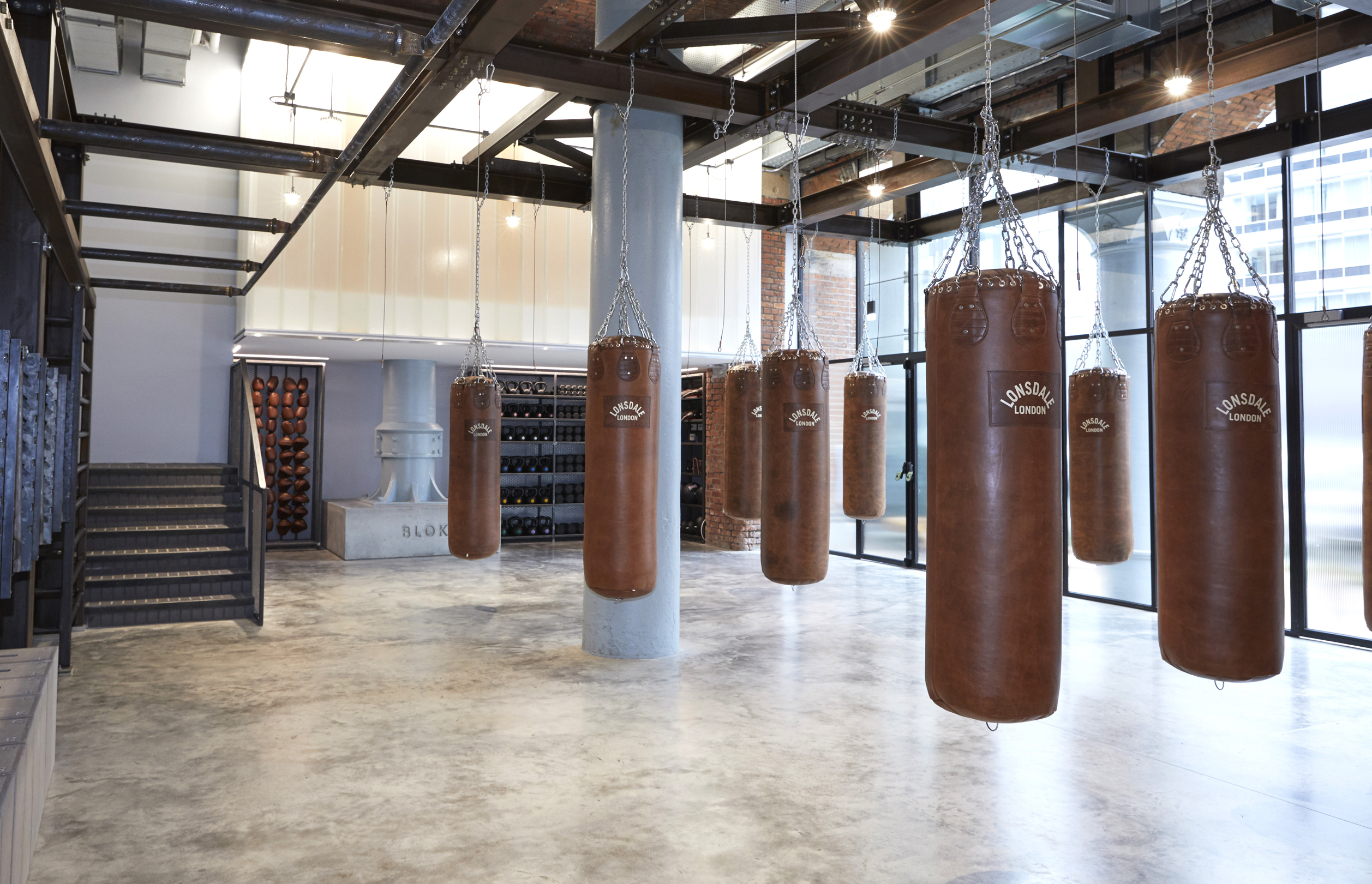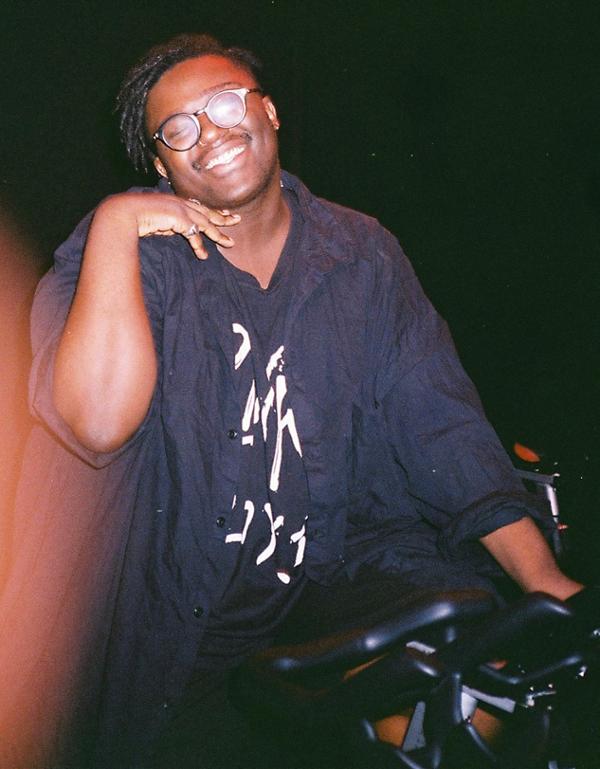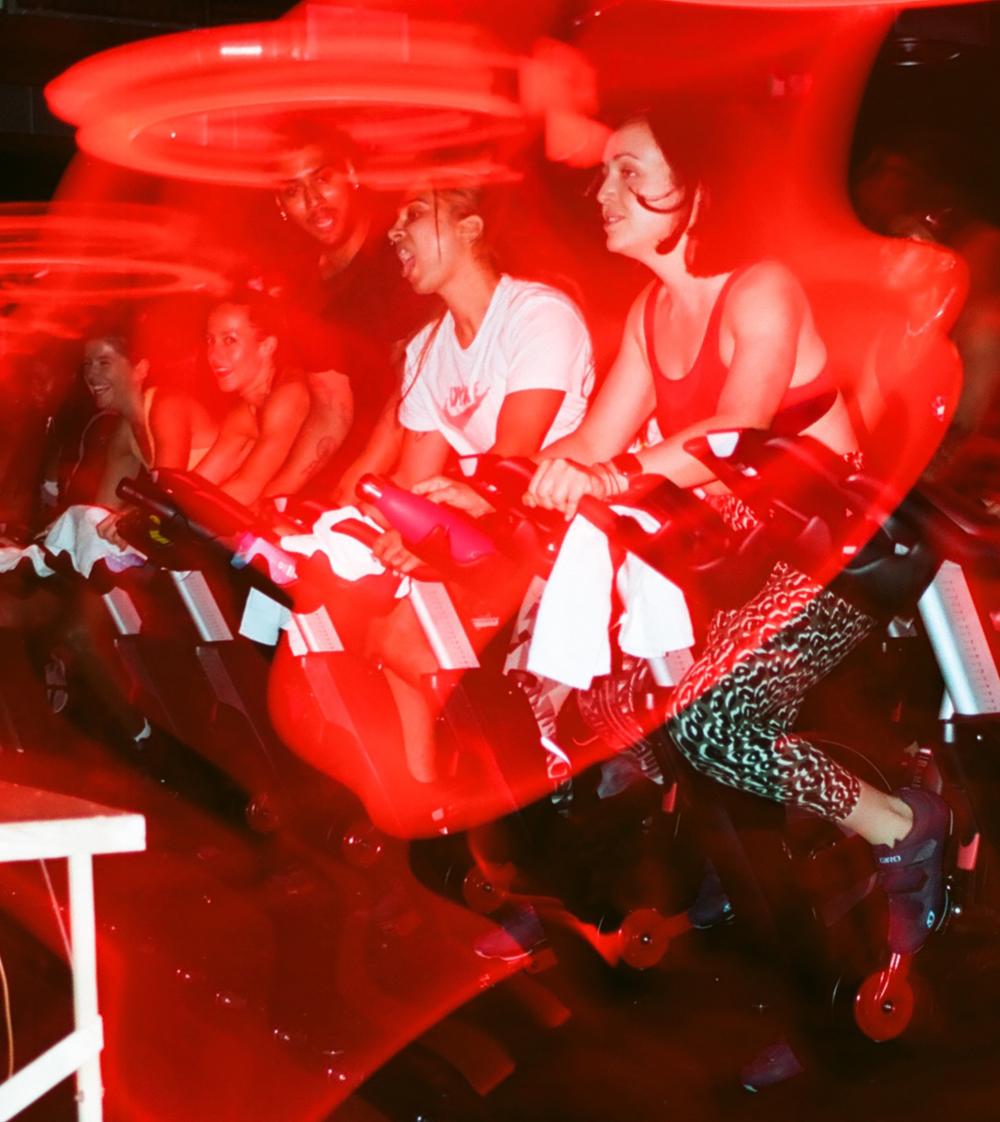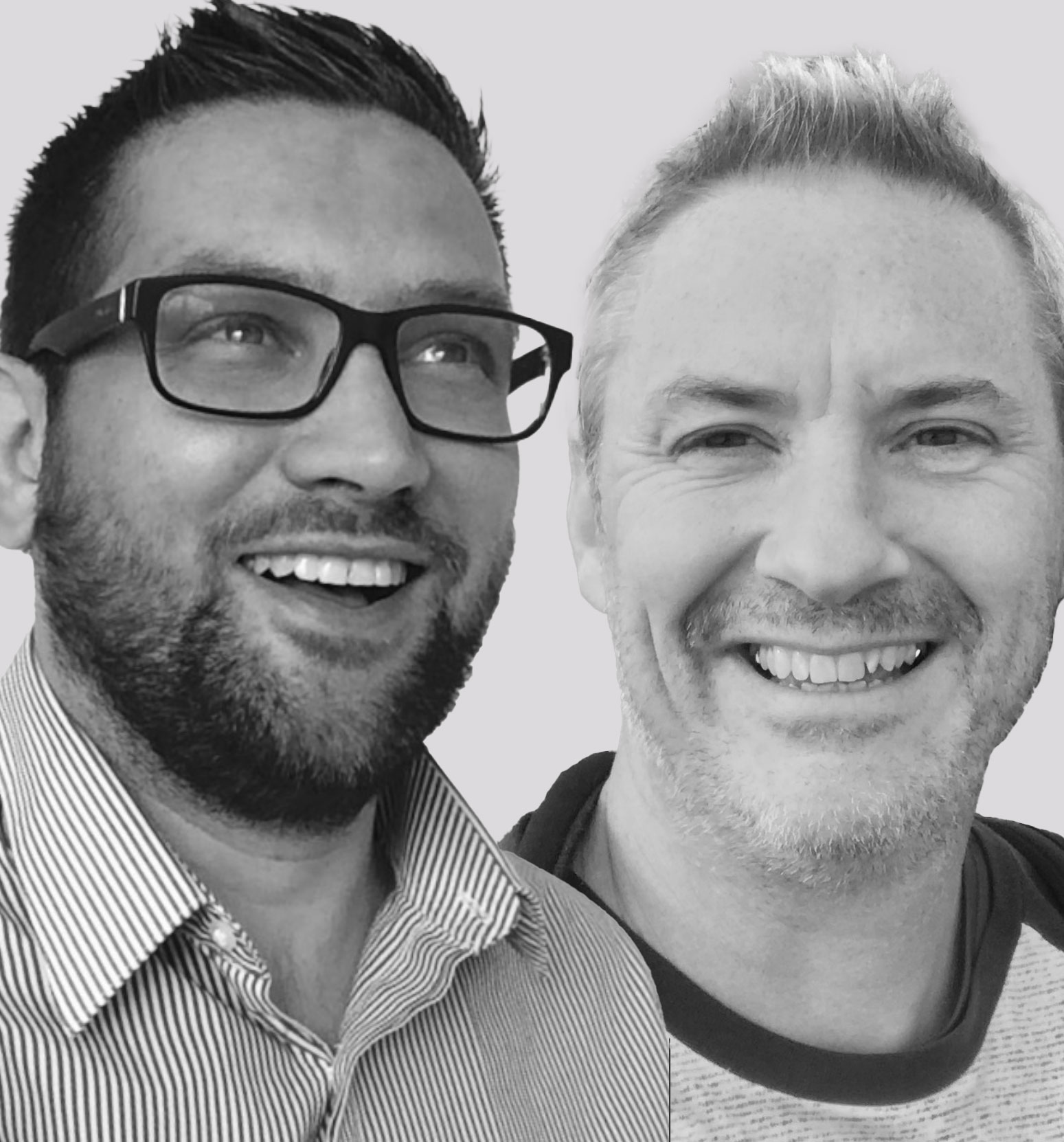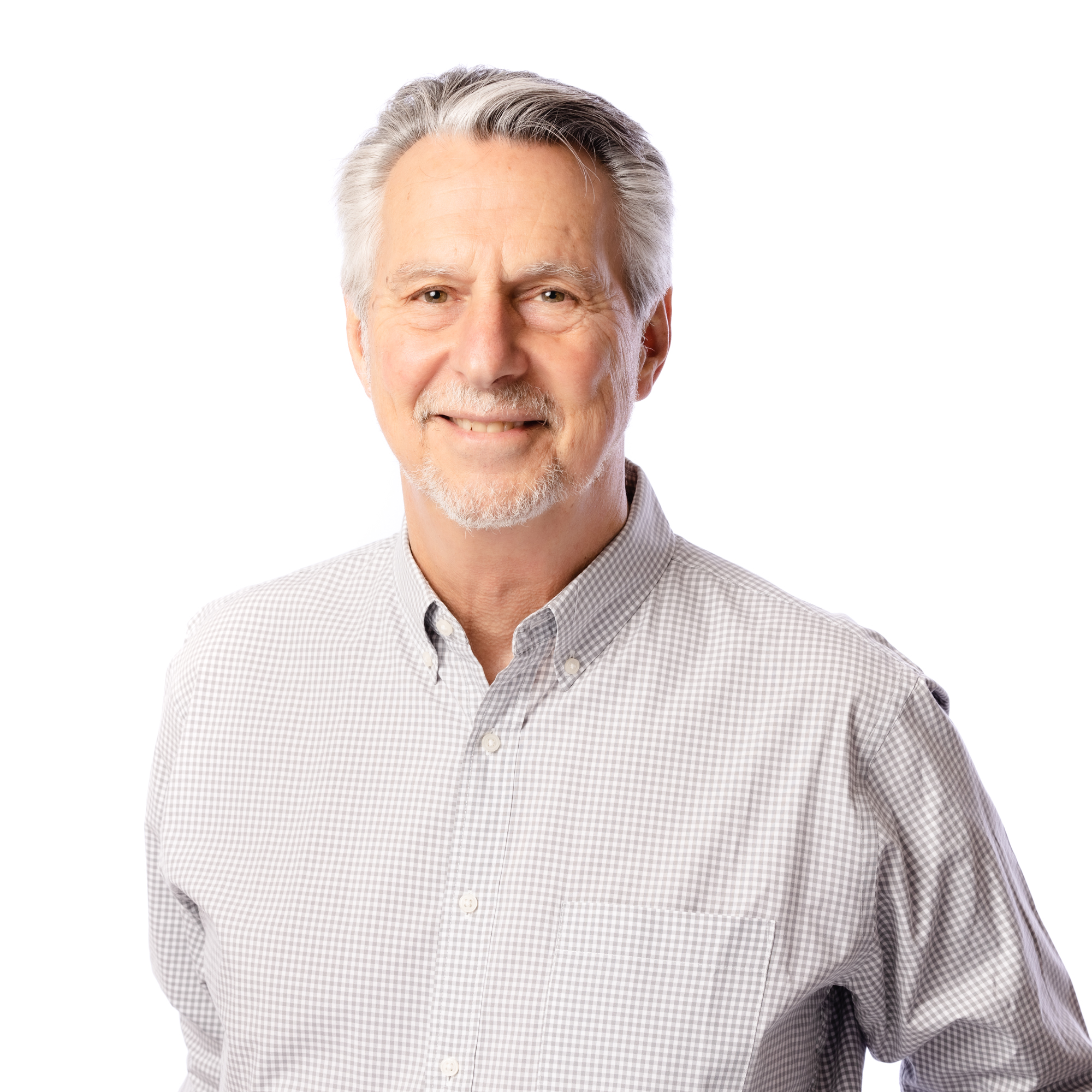With the NHS experiencing a huge growth in the number of people expressing a sense of unease because of a mismatch between their biological sex and their gender identity, the fitness sector can no longer ignore the shifting gender norms.
Sex is based on a rigid idea of biological traits, which societies use to assign people as either male or female, while gender is more fluid and determined by what an individual feels and does. Gender identity refers to our sense of who we are and how we see and describe ourselves.
So how should the fitness industry respond? Many operators I have spoken to are unsure about how to cater for the specific needs of this community and some LGBTQ+ people feel a high degree of gymtimidation about entering a health club.
Having developed a QPOC/non-binary/trans-centred community – which is connected through health – during the worst of the pandemic, Ryan Lanji, founder of Not Dead Yet (NDY), is working to bridge this gap (p50).
NDY is working with premium gym spaces in London to promote classes which prioritise gender inclusivity and marginalised communities of colour. Personal trainers and instructors unlearn their biases by incorporating NDY’s ethos. Sites also agree to convert changing room signage to gender neutral for the duration of the NDY’s booking. Blok has been one of the first operators to get on board and is working towards building a fully-inclusive community.
Fitness brands need to reimagine how gender appears across the whole company, from market research to survey forms, customer experience, the products on sale and programming.
Gender-inclusive marketing means leaving behind those favoured visuals – which have limited appeal to the wider consumer – and considering those representing a range of fitness products being used by a wider range of members.
Using inclusive language which highlights the benefits of physical activity will broaden appeal and brands which expand their focus to respond to this change could start to recognise the bigger business opportunity in 2023 and beyond.
David Minton is founder of research company Leisure DB
Gender insight
• Globally, 25 per cent of Gen Zers expect to change their gender identity at least once during their lifetime.
• 5,000 referrals were made to the NHS Gender Identity Development Service in 2021 – twice as many as the previous year.
• According to the Office for National Statistics, 262,000 people – 0.5 per cent of the population – reported their gender identity differed from their sex registered at birth.
• It’s estimated that the number of US millennials identifying as transgender or gender non-conforming was 12 per cent in 2020.
• 56 per cent of US Gen Zs know someone who uses a gender-neutral pronoun. (Harvard Business Review)
• 59 per cent of Gen Zs believe forms and surveys should include more options. (Harvard Business Review)
Ryan Lanji
Not Dead Yet: founder
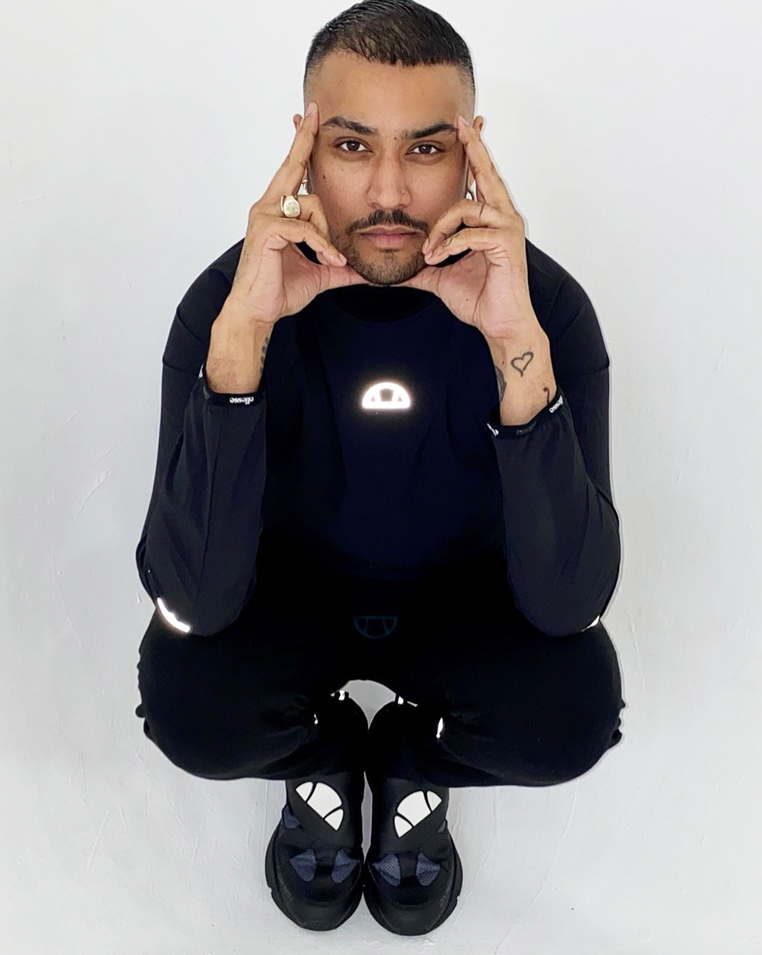
photo: NDY
How did your fitness community come about?
I did the first lockdown on my own and used the time to focus on my body and mind. To help queer people in the same position, I curated a seven day a week workout schedule.
Monday was a sound bath, followed on Tuesday by a sensual movement class, led by a pole performer. Weight lifting anything in your house conducted in British Sign Language was on Wednesday and then HIIT, a version of spin, yoga and pranayama on the other days.
DJs from London clubs curated playlists, which provided a way for the queer community to integrate into the fitness community. To make it a fully inclusive, safe space I made sure the trainers were trans, non-binary, of colour or queer. Offered free and promoted on social media, it soon gathered momentum and received 10,000 hits from all over the world.
How have you taken it from an online community into clubs?
I approached gyms to see if we could host some classes. Blok has been really supportive, putting on one class a week and the Adidas gym at Brick Lane allows me to host one class a month. I recruit the instructors and bring the kids. I meet them to provide a familiar face and alleviate any anxieties they have about the environment.
What should operators know about this community?
Queer people need a bit of extra time, patience and kindness. They might not know how to enter the gym, or the class, or how to lift the weights and lots of them are scared to go into these white, CIS, heterotypical male spaces.
Loads of PTs misgender without realising it: for example addressing the class as “guys”. It’s better to say team, people, or everybody and it’s super important for trainers to say my name is and my pronouns are and I will call you they and them. In the marketing, we need to start seeing a range of bodies.
Do any of the people who come to NDY classes go on to join a gym?
The kids who come regularly feel like they’re part of a community. Once they come three or four times they know the receptionist and coach and it gives them a launchpoint to access the fitness industry.
What are your future plans?
I have exciting plans with Adidas to create a city-wide community, with a website and podcasts. I want to work with anyone in the fitness industry who believes in the future of an integrated, healthy world and who wants to be more inclusive.
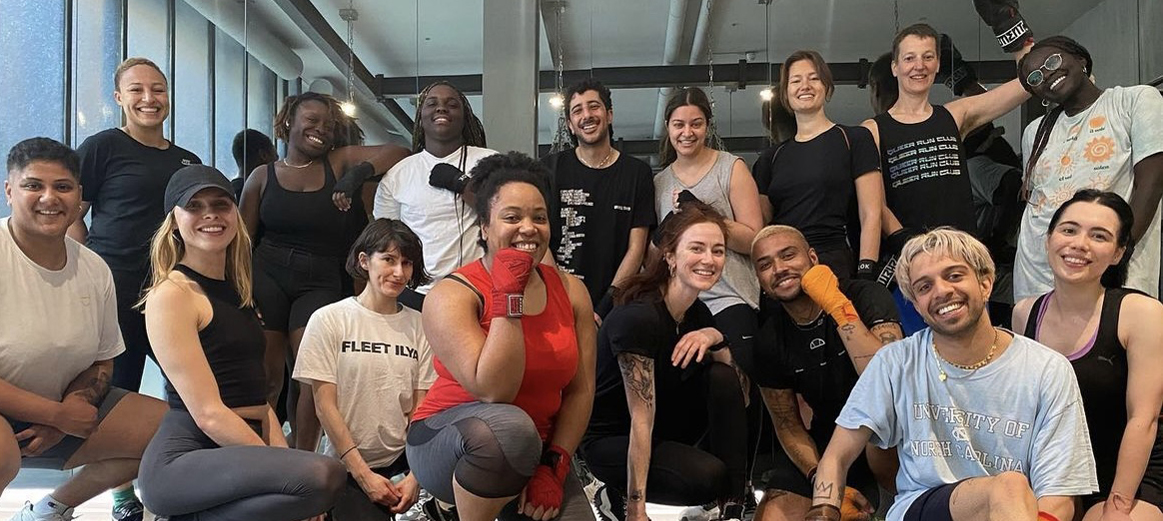
PTs can misgender people, addressing classes as ‘guys’ / photo: NDY








